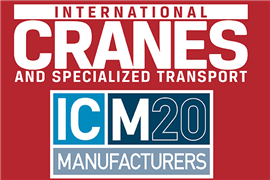Xylem’s sustainability goals
14 June 2016
Progress in the five-year sustainability goals of global water technology company Xylem have been detailed in a new report.
The goals include driving improvements in energy efficiency of specific product lines, as well as reducing water use by 25% and greenhouse gas emission intensity by 20%.
Xylem said that as the world continued to face the challenges of climate change, a growing global population and increasing urbanisation, its natural resources were at risk – especially water.
The company said it was committed to solving water issues, “which is a pre-condition for advancing sustainability in all its forms”. Xylem has outlined its latest progress in its 2015 Sustainability Report.
Patrick Decker, president and CEO, said, “Xylem actively addresses the inherent linkages between water, climate and sustainability.
“We are committed to ensuring that our sustainability initiatives support our overarching business strategy, and that we foster a culture that reflects this commitment.”
He said that the sustainability framework encompassed four key areas – its product offerings, its operations, external engagement, and organisation and culture.
He added that it allowed the company to integrate sustainability “effectively and seamlessly” into its core business operations.
Xylem also aims to bolster the impact of Xylem Watermark, the company’s corporate citizenship programme, through increased employee involvement and donations, it said.
Xylem said its commitment to sustainability was also reflected in its recently published report, Powering the Wastewater Renaissance, which it said found that the adoption of currently available, high-efficiency technologies could reduce electricity-related greenhouse gas emissions from the global wastewater sector by up to 50%.
It added that the report showed that since an upgraded wastewater sector would consume less energy, 95% of these emissions reductions would either pay for themselves or even result in savings that could be channelled into additional sustainable upgrades.
STAY CONNECTED


Receive the information you need when you need it through our world-leading magazines, newsletters and daily briefings.
CONNECT WITH THE TEAM










